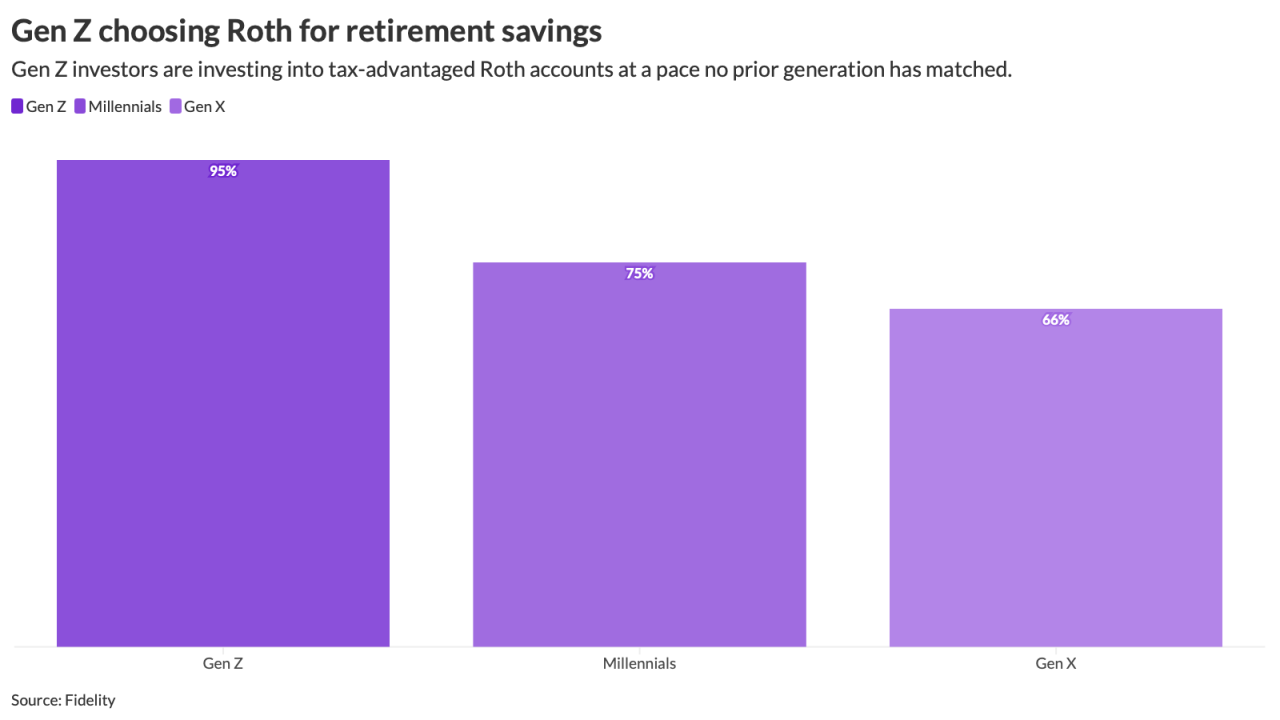In an industry where employees hop from job to job like frustrated rabbits, retaining talent among truck drivers is a difficult task. Yet Celadon Trucking says it was able to achieve a 68% improvement in driver retention.
“Our turnover rate had been getting higher over the last few years and we really wanted to start focusing on why drivers were leaving,” says Whitney Boyer, vice president of marketing at Celadon.
Celadon teamed up with polling firm SurveyMonkey to develop questionnaires to uncover specific data it can use to improve driver experience and retention. That, coupled with the benefits the company already offered, eventually created an environment where eight out of 10 drivers say they plan on retiring with Celadon.
The benefits the company already offered include tuition reimbursement, training for recent CBL holders and a “really great” vacation package, Boyer says. Celadon offers drivers four weeks of paid vacation. Whenever a driver hits 30,000 miles they get one week of vacation and $1,000 — typically they can do this four times a year.

Employee retention is an industry-wide issue for trucking companies. Celadon, one of the 10 largest truckload carriers in North America, had been struggling with a significant amount of drivers shifting gears to other companies after only 90 days.
The company — which employs about 2,000 workers across the U.S. — discovered that drivers were leaving for other companies that could offer benefits such as more days at home, in addition to higher pay and better quality equipment. But this information only came to light after the fact. Celadon needed a way to address employee concerns before they make a move.
“Another thing is [drivers] know they can jump from carrier to carrier,” Boyer says. “We all do a lot of rehiring so they know if they leave we’ll take them right back.”
But that doesn’t necessarily make it an easy hiring scenario. In fact, a lot of jumping around and rehiring makes for a competitive job market, which provided some difficulties when it came to recruiting outside talent. That’s why the company decided to focus more on keeping the drivers it already had. The partnership with SurveyMonkey provided Celadon with enough information to discover which drivers were at risk to leave and get to them before that crucial 90 day period.
Once a driver is brought on, Celadon emails a survey at 30, 60 and 90 days after orientation in order to collect enough information to identify problem areas and at-risk drivers and work for a solution. It’s not just new drivers that get surveyed, the rest of the fleet will receive a questionnaire twice a year, although Boyer says they are looking to increase the frequency of that as well.
Initially Celadon believed the surveys would identify big picture problems but the company was also able to identify more granular driver issues. One of the biggest concerns was the quality of the trucks and trailers. Celadon has placed an order to get all new equipment for its drivers this Spring.
One of the biggest difference makers resulting from this data was the creation of a driver retention team. This group collects all of the survey data, identifies the issue and works one on one with drivers to come to a resolution.
“There are some issues that are very straight forward like if [a driver’s] pay was wrong,” Boyer says. So the retention team can immediately reach out to the payroll team right away and get that fixed.
Another issue that may be more complex is that a driver isn’t happy with the routes they’d been running, the retention team can then work with the operations team to try and get the driver on a route that fits their needs a little better. That goes back to drivers wanting to have more days at home. If Celadon is able to provide that, drivers won’t feel the need to jump ship.
“We realized there was a need for people in this company to address the problems specifically with the drivers,” Boyer says. “They try to address every single issue mentioned in the survey.”





